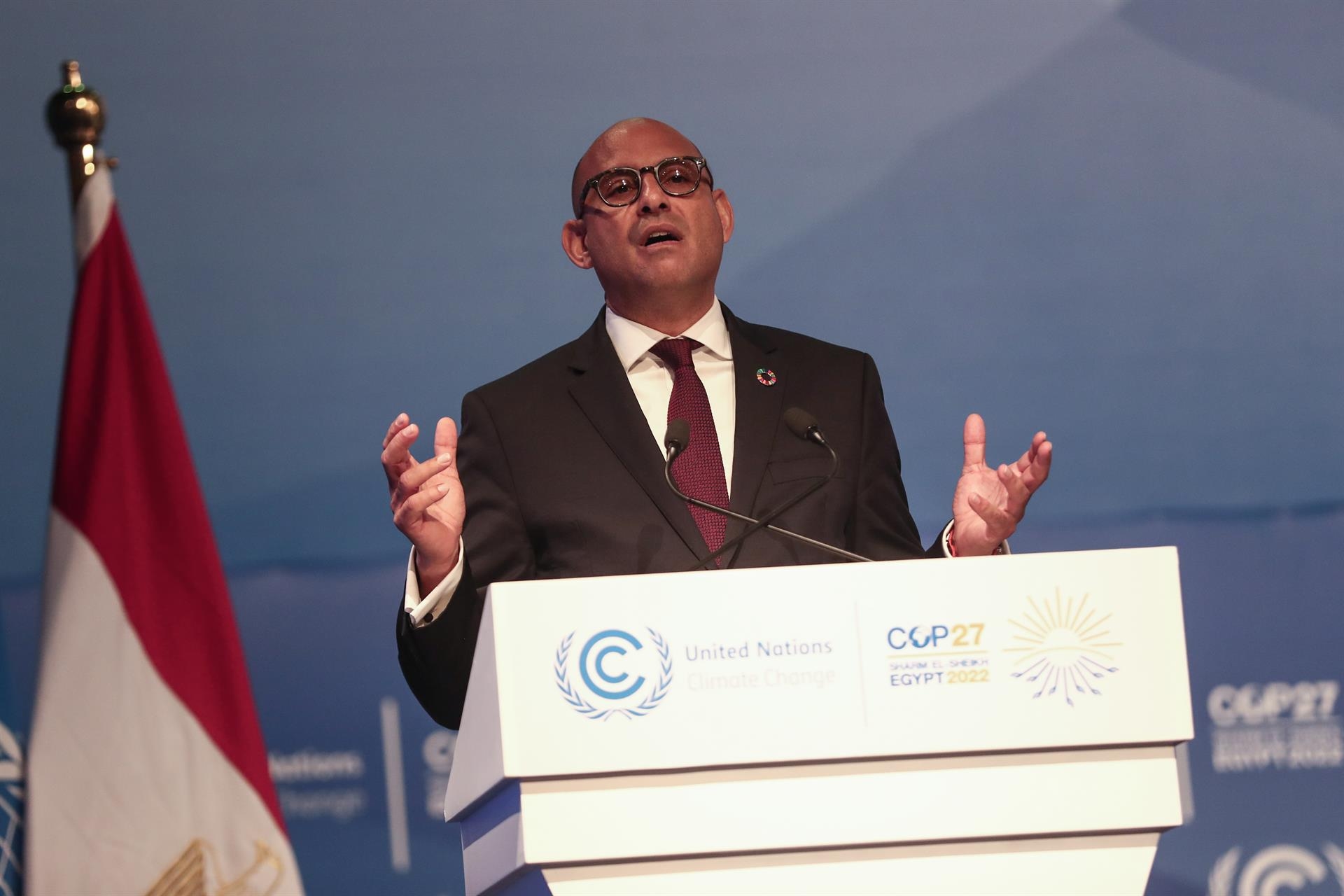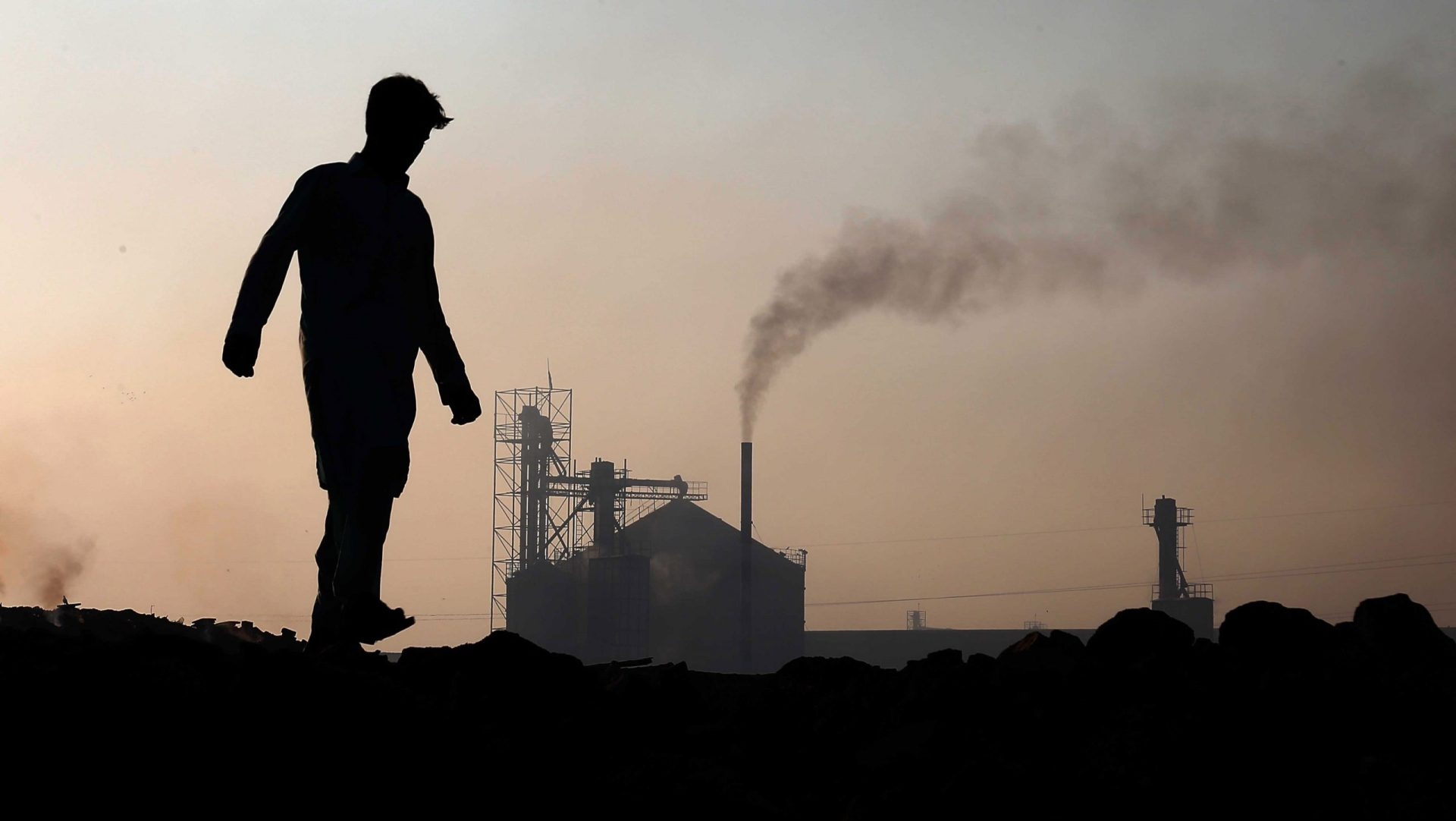The U.S. can still significantly reduce its GHG emissions by 2035 with local climate action

Madrid, Oct 28 (EFEverde) - The United States can still achieve significant reductions in greenhouse gas (GHG) emissions by 2035 through ambitious climate action by state, municipal and local governments, according to a new report from the COP30 Local Leaders Forum in Brazil, America Is All In.
The document is part of an annual assessment that identifies available policy tools to promote clean energy while simultaneously reducing the cost of living for citizens, and is being released just days before the COP30 Climate Summit in Belem and the Local Leaders Forum in Brazil.
Federal setbacks and climate pressureThe publication comes at a tense political time. In recent years, federal climate policy has experienced reversals and regulatory dismantling that hinder progress toward the goals committed to in the Paris Agreement. Among these is the “One Big Beautiful Bill,” which eliminated hundreds of billions of dollars earmarked for the energy transition and drastically reduced the nation’s clean energy production capacity at a time when electricity demand is projected to surge.
In addition, the Environmental Protection Agency (EPA) repealed regulations that limited pollution from vehicles and fossil fuel power plants. At the same time, Congress restricted states' ability to set their own emissions reduction standards, which has drawn strong criticism from the scientific community and local authorities.
“We will not stop working at a global level”Despite this scenario, subnational authorities remain determined. “If our current federal government refuses to monitor and report on America’s progress toward meeting our climate goals, America Is All In will,” declared Gina McCarthy, co-executive chair of the coalition, former EPA administrator and first White House climate advisor.
For McCarthy, local governments remain drivers of innovation: “Governors, mayors, the private sector, and other stakeholders continue to propel our transition to clean energy. Numerous opportunities exist to create jobs, protect public welfare, and provide a better future for new generations.”
Key tools: electricity, transport and methaneDespite federal setbacks, the report —led by the University of Maryland's Center for Global Sustainability— underlines that territories and municipalities still have regulatory instruments to continue reducing emissions, especially in three sectors: electricity, transportation, and methane.
The analysis, titled “Pathways to 2035: Expanding Non-Federal Climate Leadership in the United States,” argues that an expansion of local climate action, reinforced after 2028 with renewed federal involvement, would allow for a reduction of up to 56% of emissions compared to 2005 by 2035.
The critical role of middle-range ambitionAccording to Professor Nate Hultman, director of the university center, local authorities are called upon to close the gap created by national policy. “This study underscores the importance of non-federal actions to boost U.S. climate ambition in the short term,” he stated. Hultman emphasizes that it is essential to increase climate action in moderate or lagging jurisdictions, as their contribution can make a difference in the national tally.
The report highlights how innovative local policies and market-driven clean technologies can maintain climate course even in periods of political instability.
Specific policies in key sectorsThe proposed measures include:
Electricity sector
-
Carbon pricing programs.
-
More ambitious renewable energy standards.
-
Procurement of clean energy through community aggregation .
Transport sector
-
Expansion of incentives for electric vehicles .
-
Development of public and private freight infrastructure.
-
Promoting alternative transport options through urban planning and congestion charges .
Methane
-
Reduction of methane intensity in natural gas through certification .
-
Mandatory leak detection and repair programs.
-
Objectives for diverting organic waste in landfills.
“While changes in national policies have created new challenges, our analysis shows that subnational governments and businesses still have the tools and market dynamism to drive substantial reductions,” said Alicia Zhao, research director at the Center for Global Sustainability.
According to Zhao, a renewal of the federal commitment after 2028 could accelerate the impact of local policies, bringing the country closer to its international goals.
International perspectiveThe study also reflects the frustration of international partners, who are watching as U.S. cities, states, and businesses try to fill the gap created by federal pivots. These entities are being consulted in multilateral forums to report progress, signals that take on added significance in the lead-up to COP30. The report concludes that a combination of robust local leadership , business support, and federal reintegration would allow the United States to regain its climate credibility.
The full report can be found on the official America Is All In website:
https://www.americaisallin.com/sites/default/files/2025-10/Pathways%20to%202035_1.pdf
Archive illustration by Víctor Solís in the Green Cartoon of EFEverde
efeverde





